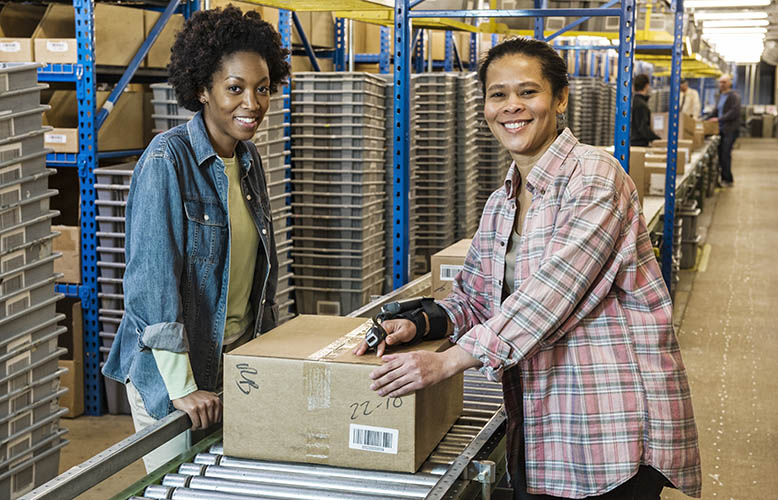Too many aspects are lacking when it comes to fitness time. Parents look at the clock between work emails, school drop-offs, and dinner preparations, wondering when exercise fits in. Shoes missing and cereal spills ruin morning rituals. Evenings? Homework fights and bedtime negotiations trump downtime. However, bodily health won’t wait. Instead of fitting workouts into a packed schedule, consider how activity may organically fit into family routines.
Fitness That Fuses With Daily Life
Some companies thrive by adapting around their clients’ needs, much like Gains Pharma molds its services to streamline pharmacy operations without disrupting workflow. Parents can borrow this approach for exercise. Instead of carving out separate gym time, why not blend short bursts of movement with daily tasks? Ten squats during laundry folding or a walk while kiddo practices spelling words does more than burn calories. It sets an example that activity belongs everywhere. This isn’t about chasing perfect form or thirty-minutes-on-the-treadmill dogma, it’s staying flexible enough for reality and building consistency inside controlled chaos.
Active Family Time Is Real Exercise
For those craving efficiency, here comes a radical thought: family play counts as real fitness. Tag in the backyard transforms into interval sprints. Hide-and-seek means sneaky strength training from all the crouching and leaping furniture (though perhaps avoid grandma’s antique chair). Bike rides to the park tick both quality time and cardio boxes simultaneously. No need for coordinated workout gear or fancy gadgets, just sneakers, laughter, and maybe a water bottle hurled across the grass when competition overheats. It’s not about intensity so much as intention: moving together weaves exercise seamlessly into moments that build memory.
Early Mornings Without The Pressure
Some claim daybreak is the most productive time, but midnight wake-ups from teething babies or toddler nightmares dash optimism. If expectations are relaxed, quieter mornings bring opportunities. Five minutes of stretching beside a coffee mug before anyone wakes up offers the body and mind a mild boost for the surprises that await parents. Although full-length programs are usually impractical, micro-workouts with lukewarm coffee are better than doing nothing.
Let Technology Do The Heavy Lifting
Apps don’t just count steps. They build bridges over scheduling chaos. Video workouts stream on kitchen tablets while kids finish their breakfast. Timers prompt plank challenges before preschool starts. Smartwatches remind users to stand, even if they’re glued to endless conference calls. There’s no rule demanding expensive memberships or equipment purchases either: free online resources outshine most pay-to-play options these days anyway. Embracing digital helpers doesn’t replace human determination, but it certainly plugs gaps where willpower falters or distractions multiply faster than socks lost under car seats.
Conclusion
Family life rarely permits organized “fitness” schedules. Movement flourishes when allowed to creep in, sometimes bold, sometimes subtle, amid the tasks of housekeeping and child-rearing. Avoiding gym-centric thinking helps establish new behaviors that persist longer than a week of guilt. Unpredictable homes commit to incorporating well-being into daily life rather than adding it as an afterthought.































